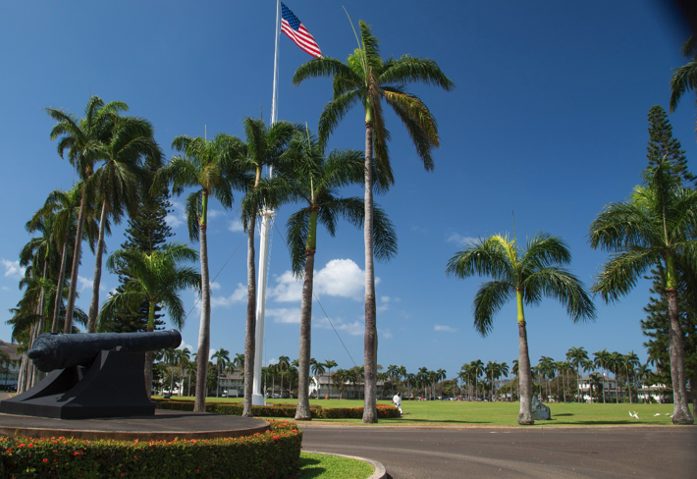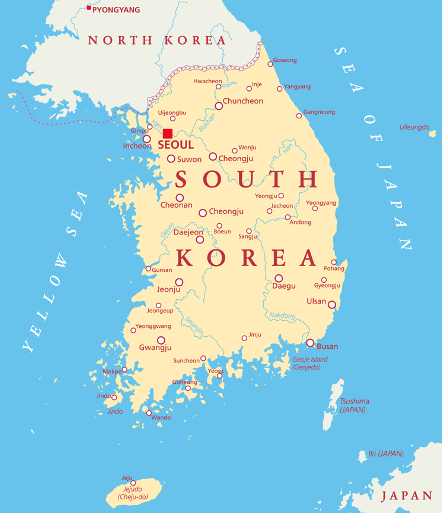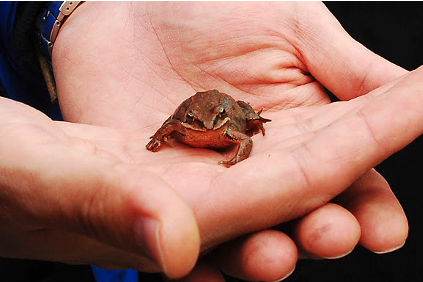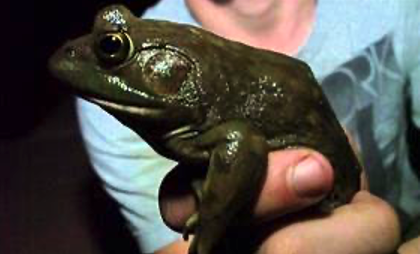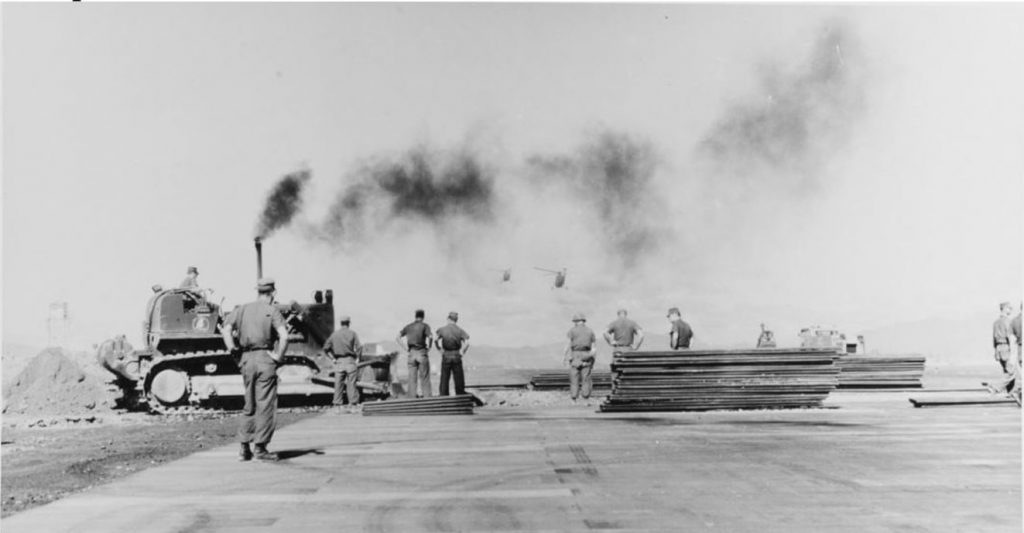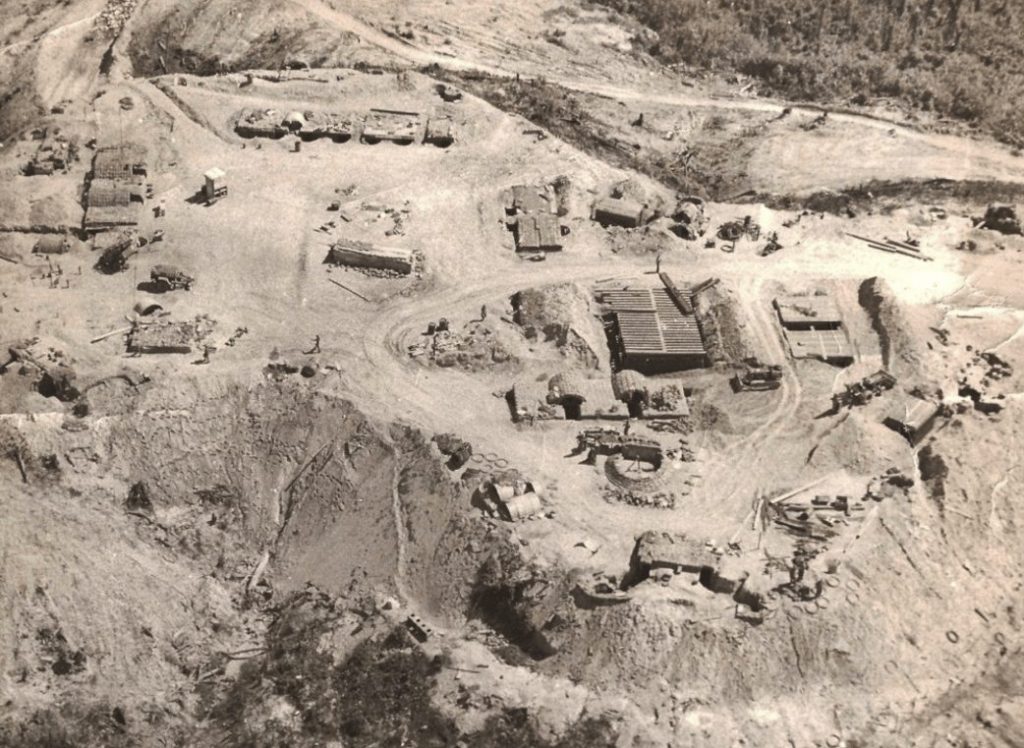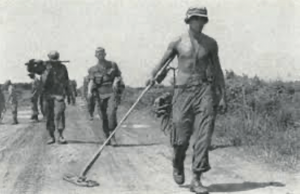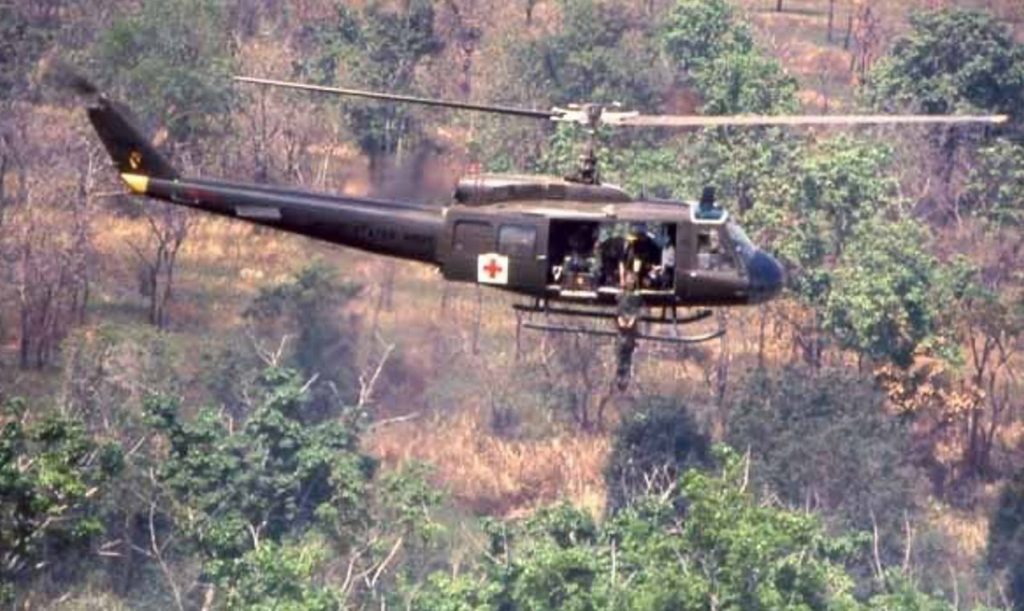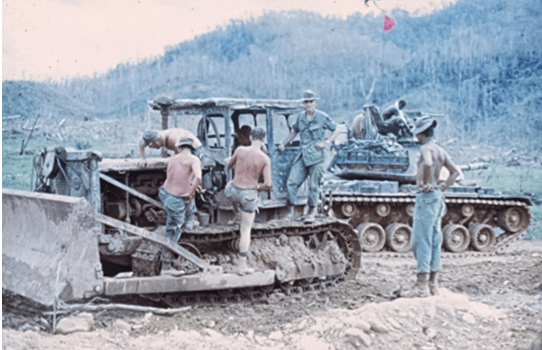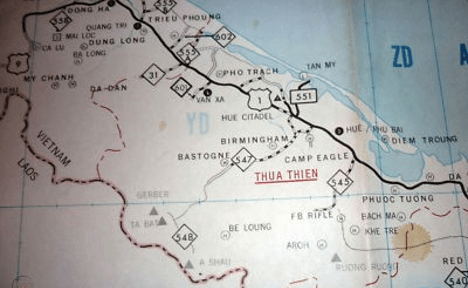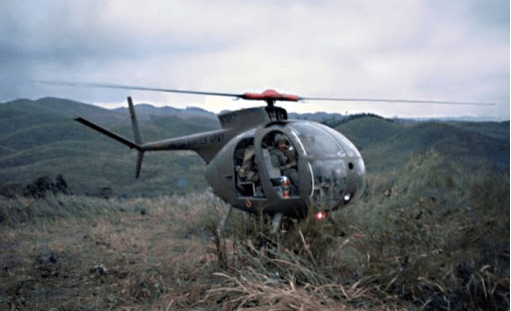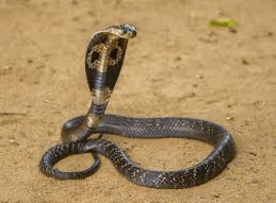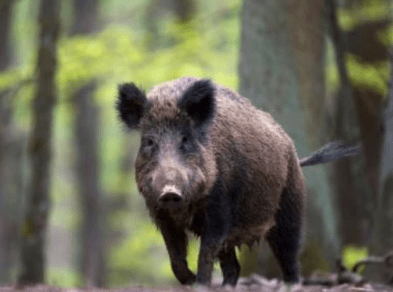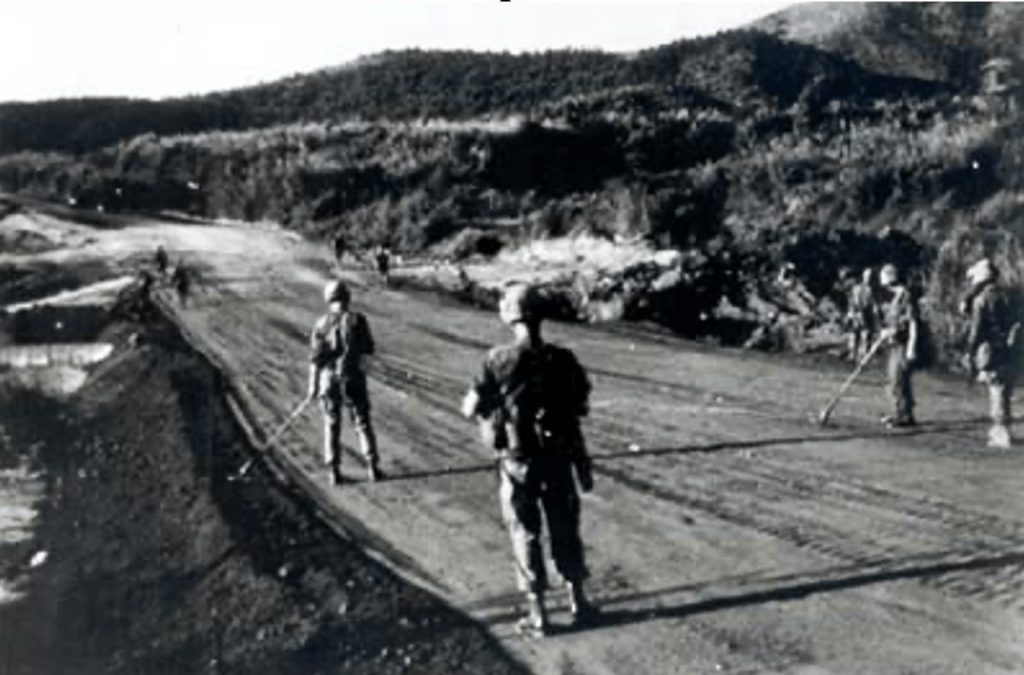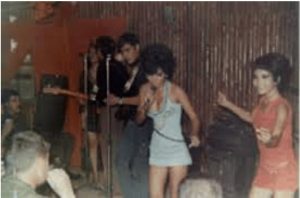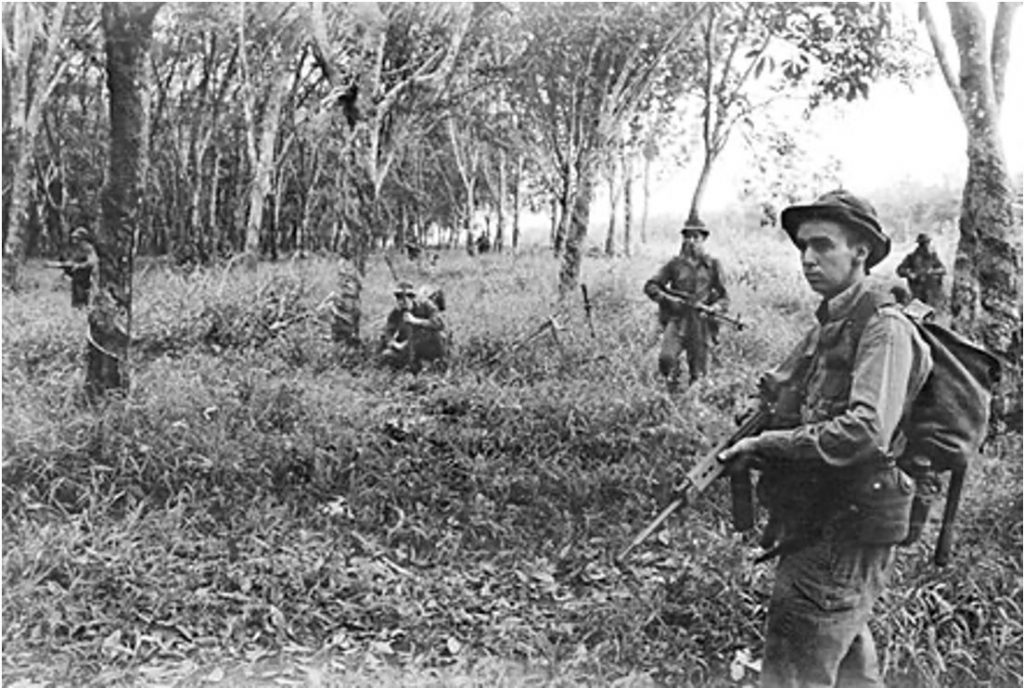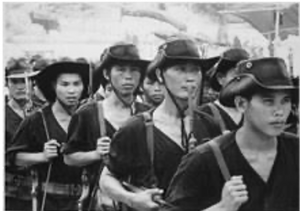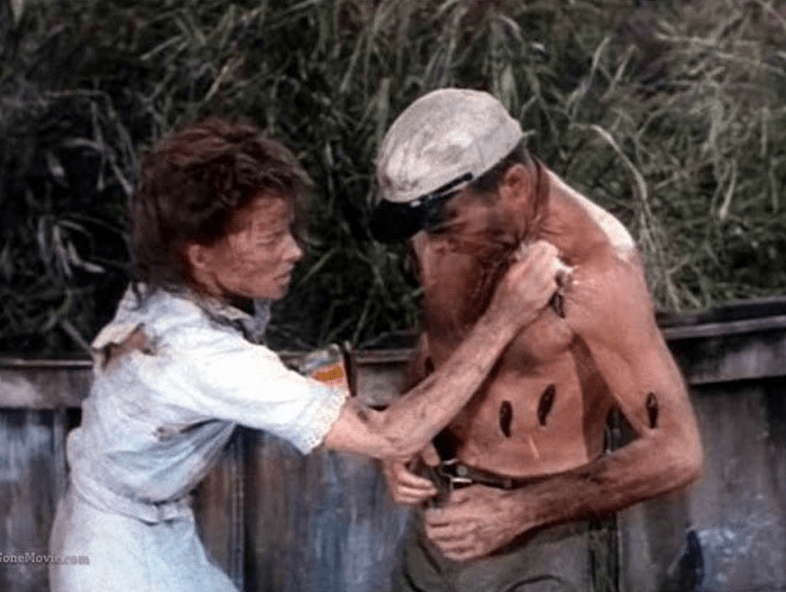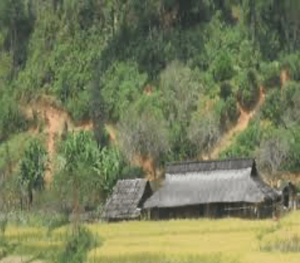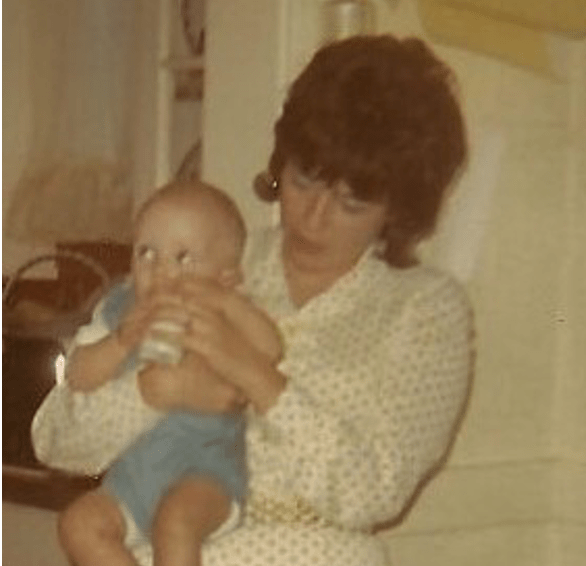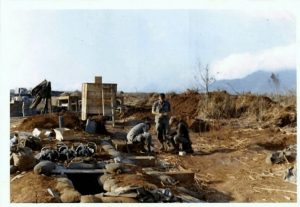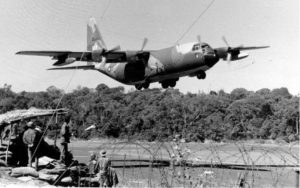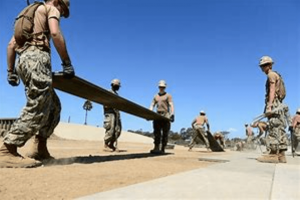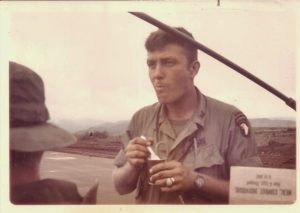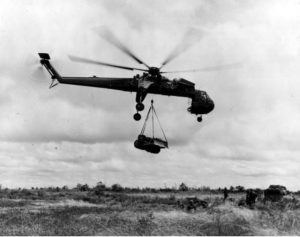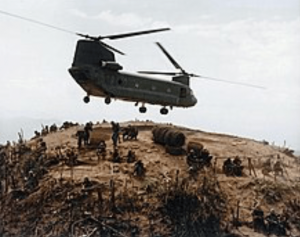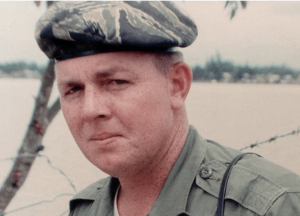In the fall during the late 70s, I was assigned to the Corps of Engineers Pacific Ocean Division headquartered at Ft Shafter in Hawaii. It was a great job as I was Assistant Chief of Engineering in a Division that had both military construction/maintenance and civil works (waterway, flood, and infrastructure) jurisdictions. Our military scope included the Hawaiian Islands, Guam, Kwajalein, Japan and Korea for both the Army and Air Force. Our civil works covered the Hawaiian Islands, Guam, Commonwealth of Marianas, American Samoa, Marshalls, and all related US entities in the Pacific.
That fall the two presented a rather unique opportunity. In Korea, the river through Seoul actually became the disputed border between North and South. Incheon was a port just to the west. The Korean government toyed with the idea of linking Seoul and Incheon by water. A really tough project as the area in between was not exactly conducive to a canal.
In any case, my boss (a Korean-American) wanted to show the government what the US was capable of doing in canals and water projects. There was a trip arranged to the US for the Korean Minister of Construction and two aides to view some of our efforts. It would be two weeks touring the US and my boss nominated me to go along as their guide, chauffer, security, “gopher,” and host. He really wanted to know everything that happened.
And what a trip it was. We started in DC meeting with the Chief of Engineers and some of my guided sightseeing (they really wanted to see Kennedy’s grave). Then we went to NY Harbor on the Chief of Engineer’s plane to see harbor maintenance and ride the harbor patrol boats, back to DC for further briefings and on to Mississippi through Memphis to see the Tennessee -Tombigbee waterway (canal) under construction. After which we went to Vicksburg and the Corps’ Waterways Experimentation Station (and its six labs), a flight over the lower Mississippi and its locks and dams, the New Orleans District and levee protection, the Columbia River dams (both Corps and Interior Department) from Spokane to Portland, a flight to Alaska District in Anchorage (included probably for fur shopping for their wives rather than real projects), and finally back to Oahu and meetings with my boss and the Division Engineer.
Many adventures and stories were had on the journey but our trip to the Tennessee – Tombigbee project stands out for cultural reasons and really the most applicable for their interest. This project was to cut 800 miles off for barge traffic connecting the Tennessee and Tombigbee rivers allowing access to the Gulf without going down the Mississippi. It had quite the cut effort and had impressive lock construction.
We flew from Memphis by small twin-engine plane run by Southeast Airlines. When we rushed through the terminal late for our connection because of delays out of DC, only the pilot was there and I saw no plane at the gate. It was there – a small twin-engine prop and we were the only passengers. We went down some stairs and the Minister actually got to sit in the co-pilot seat. He really liked that.
The main Corps field headquarters was in Iuka, MS, the county seat it turns out. The project was spectacular: moving more earth and making a cut larger than anything at the Panama Canal. The project manager was something of a celebrity among the locals as the work provided quite the economic benefit and he played a great host.
One evening he took the group out for their famous fried catfish at a restaurant built in an abandoned car dealership. The problem right away – the catfish fryer was down. He recommended we try the frog’s legs. My Korean compatriots were appalled. In Korea, the frogs were quite small, and they had not encountered our bullfrogs. The idea of a meal from some tiny morsels was not what they wanted. We explained using a statue near the entrance of a real bullfrog what he was recommending – more like chicken legs. They enjoyed them.
I should mention the Minister spoke good English, but only one of his aides spoke limited English. I had built a decent relationship catering to their needs, and the non-English speaker had a good sense of humor. Whenever he did not like, or understand something, during the rest of the trip he would lean over to me and say “rivet” – a reminder of our frog’s leg confusion.
The next incident I could not explain to them no matter how hard I tried. It was election day. We had some time to sightsee, so we got the local sheriff to open up the old courthouse. But he would help only after we assured the sheriff these men were our allied Koreans and not Chinese communists. The building and the courtroom on the second floor reminded me of Spencer Tracy’s courtroom in “Inherit the Wind.” They sat at the judge’s bench, banged the gavel and had a good time.
Outside, we saw a polling place in something of a general store. The local election folks were most welcoming, and they even allowed our Korean guests to see inside a voting booth.
I might explain that the government of South Korea at this time still had General Park at its head after a coup some years before. Elections had a bit of a foregone conclusion aspect. I was proud to show a free election in Iuka.
Outside, the Minister called me aside. He said, “Now, I see truth in even your elections, only ONE candidate each office.” He was right as this was the old Democrat south and there was only a single Democrat running for all the local offices. I explained that this was not our national norm and that there were multiple candidates even in Iuka – in a primary at least.
He did not buy it.
End of Story
